Ants as ecosystem engineers and providers of ecosystem services
Among ecologists, there are two perspectives for understanding ants’ impact on our world. One is a holistic, ecosystem-centric view that sees ants as engineers of the environment—cornerstone organisms whose absence would cause central aspects of the system to collapse or look significantly different. The other stems from a more human-centric focus, which examines how ants influence key processes from which we can benefit, known as ecosystem services. For instance, ant predation can be understood as a key ecosystem function for natural ecosystems, but also as an important ecosystem service in agriculture. These perspectives have different scientific histories and fuel overlapping but ultimately distinct scientific fields. In their new review “Two sides of the same coin? Ants are ecosystem engineers and providers of ecosystem services.”, the myrmecologists Felipe P. Rocha and Taylor A. Bogar from the University of Hong Kong with colleagues argue that integrating these perspectives is crucial for developing a comprehensive understanding of ants’ roles in both nature and human systems. In this interview, they share some of their most important insights and challenges they have faced.
An Interview compiled by Salvatore Brunetti and Phil Hoenle

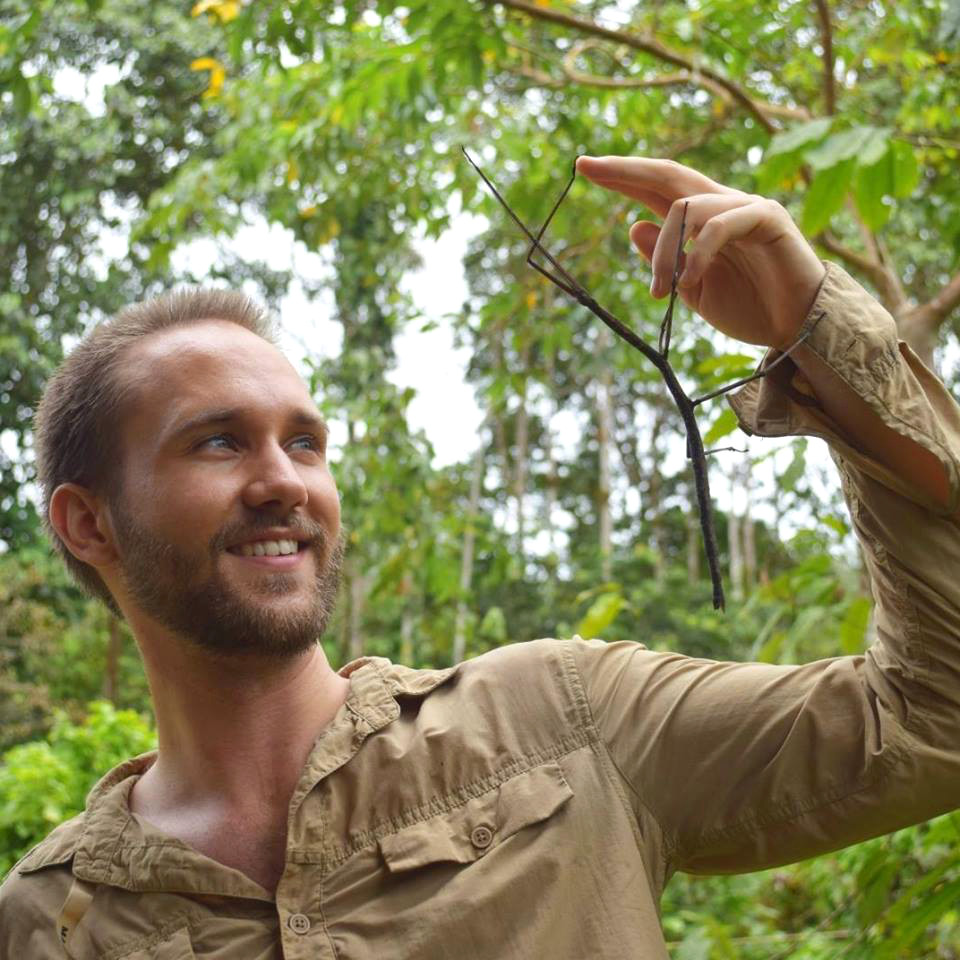
MNB: Could you tell us a bit about yourself?
FPR: Hi! I am a PhD student in Ecology and Biodiversity at the University of Hong Kong. Originally from Brazil, I was born and raised in Campinas, São Paulo. However, every holiday I would prefer to be out in parks, beaches or smaller cities, where I could be closer to nature. I am a biologist with a degree from the Federal University of Sao Carlos (UFSCar), a university with a beautiful campus and a big area of Cerrado savanna connected to it. Here, I used to spend time for studies, leisure and activism, as it unfortunately proved to be endangered by expansion plans of the city. It was in this protected area that I first observed ants with admiration, after growing passionate about their social lifestyle and learning about their intricate behaviours during my exchange at the University of Bristol (UK). For my Masters, I returned to my hometown and specialized in Ecology at the State University of Campinas (Unicamp), studying the bacterial communities of two Odontomachus species. Contacts there brought me to the other side of the world where I continue to follow my career and passion for ants and ecology, although not in the same area. In HK, I am focused on the origin of the Yellow Crazy Ant (Anoplolepis gracilipes) and the impacts of invasive ants on ecosystem functions.
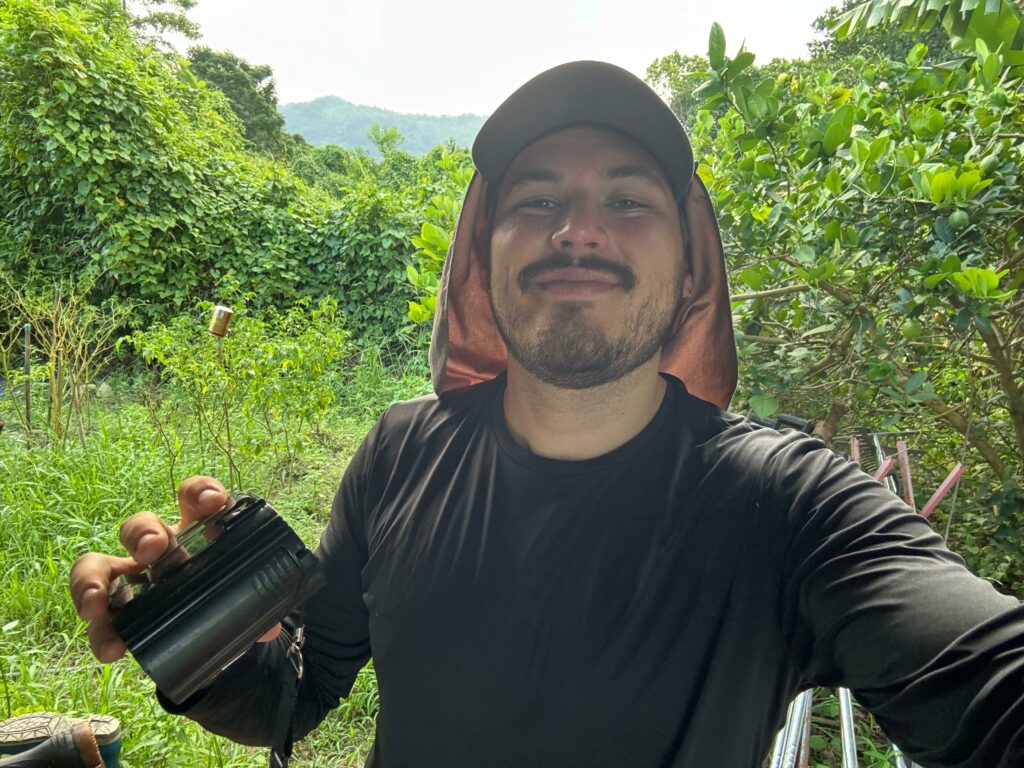
TAB: I am a current PhD candidate set to receive their doctorate degree relatively soon from the Area of Ecology and Biodiversity at the University of Hong Kong. I am originally from California, U.S.A where I completed my undergraduate degree at the University of Santa Barbara, California. From there I continued to work with terrestrial invertebrates studying food web dynamics and pollinator networks. Starting with pollination as a background, I quickly became interested in other ecosystem functions performed by other taxa, which led me to my current lab at HKU working with ants. In HK, I primarily focus on how functional trait change observed in ants, especially after an invasion, alter the variety of ecosystem functions that they perform.
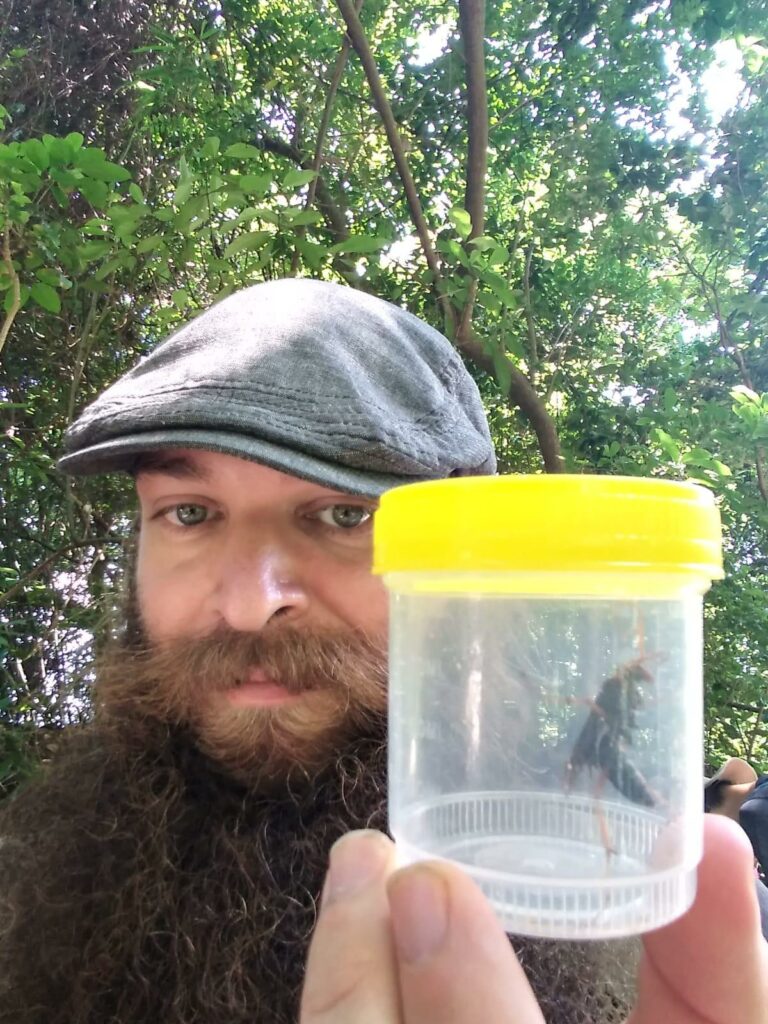
MNB: Could you briefly outline your research on “Rocha et al: Two sides of the same coin? Ants are ecosystem engineers and providers of ecosystem services” in layman’s terms?
FPR/TAB: Ants are long recognized as important for the ecosystem and strongly connected to human lives in many ways. Due to their nest construction behaviour and collection, transport, and accumulation of food and dead organic matter, ants influence the abiotic and biotic environment around them in a way that we name ecosystem engineering. Furthermore, their impact on the ecosystem is such that we can observe their effects positively (and sometimes negatively) influencing human livelihoods, which we commonly term as ecosystem service providers. Because they perform both roles at the same time, we wrote this review to answer some rather philosophical – or conceptual – questions: Are these two roles linked? How are they linked? Can they be interchangeably studied, or must we study both to reach a better understanding of the role ants have for humans and nature? To answer these questions, we review the evidence of both roles and answer them based on their concepts, the historical construction of these fields, the foci, and research methodologies. We conclude that ant ecosystem engineering is both directly and indirectly linked to different categories of service provision, and that we must combine both fields to advance our understanding the impact of engineering on service provision. Finally, we suggest a few topics that would be interesting to explore more within the intersection of these fields.
MNB: What is the take-home message of your work?
FPR/TAB: There is a lot of phenomenal work being done highlighting the importance of ants in terrestrial ecosystems. However, focusing on ants solely as service providers or engineers fails to fully appreciate how ants benefit both nature and human society. The main take-home message is that it is time to integrate these previously isolated approaches if we want to develop a holistic understanding of the vital roles ants play in our daily lives.

MNB: What was your motivation for this study?
FPR/TAB: Working with ants’ ecosystem functions and the impacts of ant invasions for our Ph.D. projects, we began this study as an idea to connect our field of research with the service provision field, which has become increasingly important throughout the years. During our literature search to develop this idea, we noticed that more than ten years had passed since the last general synthesis on ant ecosystem services was published (Del-Toro et al. 2012). Furthermore, some aspects of ants’ impacts on the environment still deserved more exploration, such as their roles as ecosystem engineers. Therefore, we believed it was time to explore this gap and motivate more researchers to dive into the importance of ants to human well-being.
MNB: What was the biggest obstacle you had to overcome in this project?
FPR/TAB: The biggest obstacle is that most articles deal only with one of the roles of ants, and so most connections are still hypothetical. Rather than simply present both fields, we aimed to go further. While it would be fantastic if there were more papers that combined ecosystem engineering and services, it’s exciting to highlight this gap and offer meaningful direction for future research.
MNB: Do you have any tips for others who are interested in doing related research?
FPR/TAB: A sizeable catalogue of literature on both sides of “the coin” that provides a solid background for creating and testing hypotheses. We think the best advice we can give is to start simple and collaborate! Identify key engineer-to-service pathways that can be explored or manipulated. From there, focus on building small-scale experiments or observational studies that connect these pathways and can be scaled up.
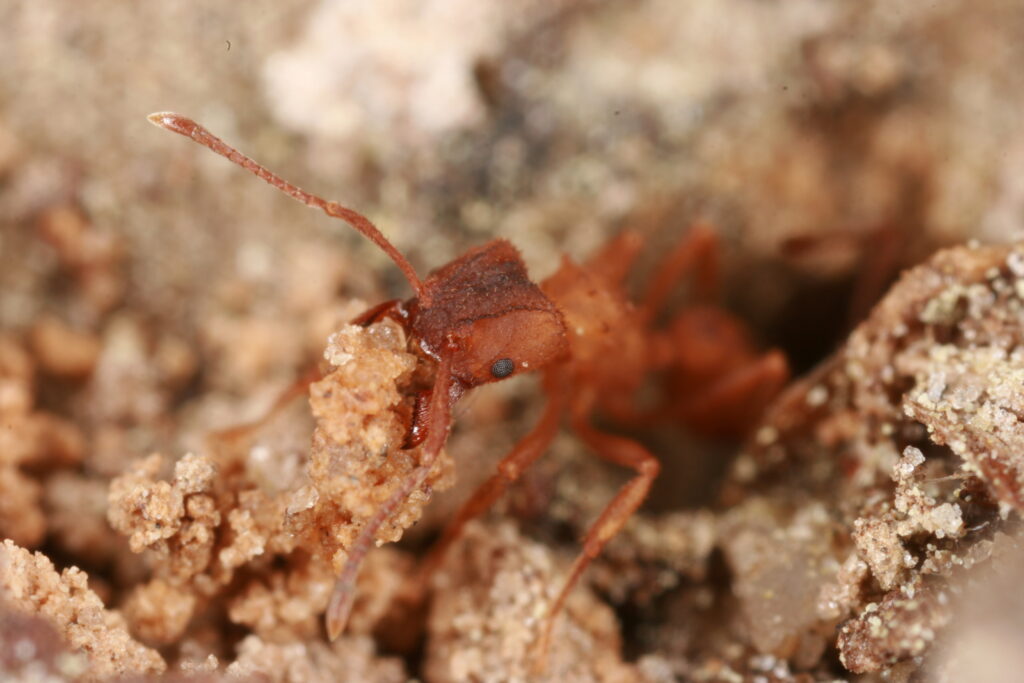
MNB: Where do you see the future for this particular field of ant research?
FPR/TAB: We believe the main pathway to advance this area of research is to collaborate in interdisciplinary teams, much like most science is done nowadays. These distinct areas of research have different foci and methodologies; thus, a comprehensive and unified understanding of both areas necessarily involves experts in different fields. Two areas are particularly important to advance this field of ant research. First, developing the methods to study, quantify and evaluate the ecosystem processes derived from ant engineering, especially from communities of ants. This will involve functional ecology, but also a good deal of environmental science and economy. Second, the knowledge application acquired in these fields, which is mainly focused on ecosystem restoration through ant engineering. The restoration of ecosystems is the only way to restore the ecosystem services that are gradually lost with their degradation. This will involve studying when to do it, how to do it, which ant species to use, and where to do these projects.



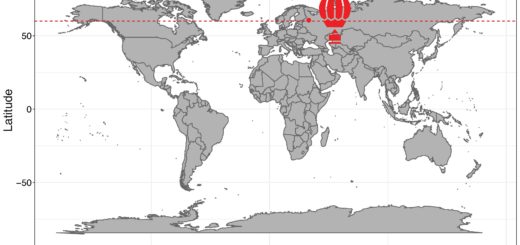
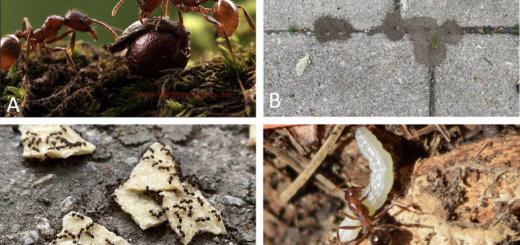
Recent Comments